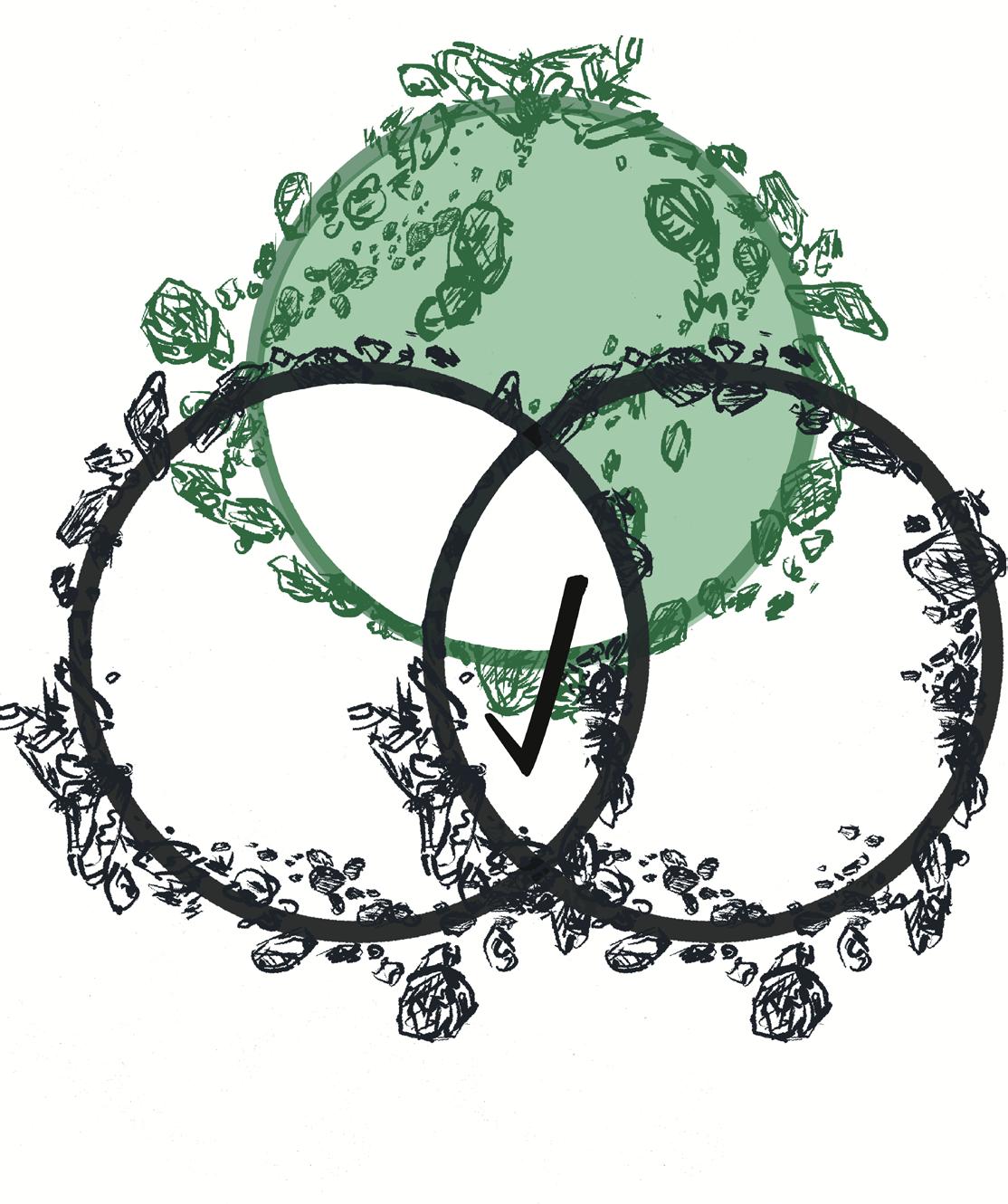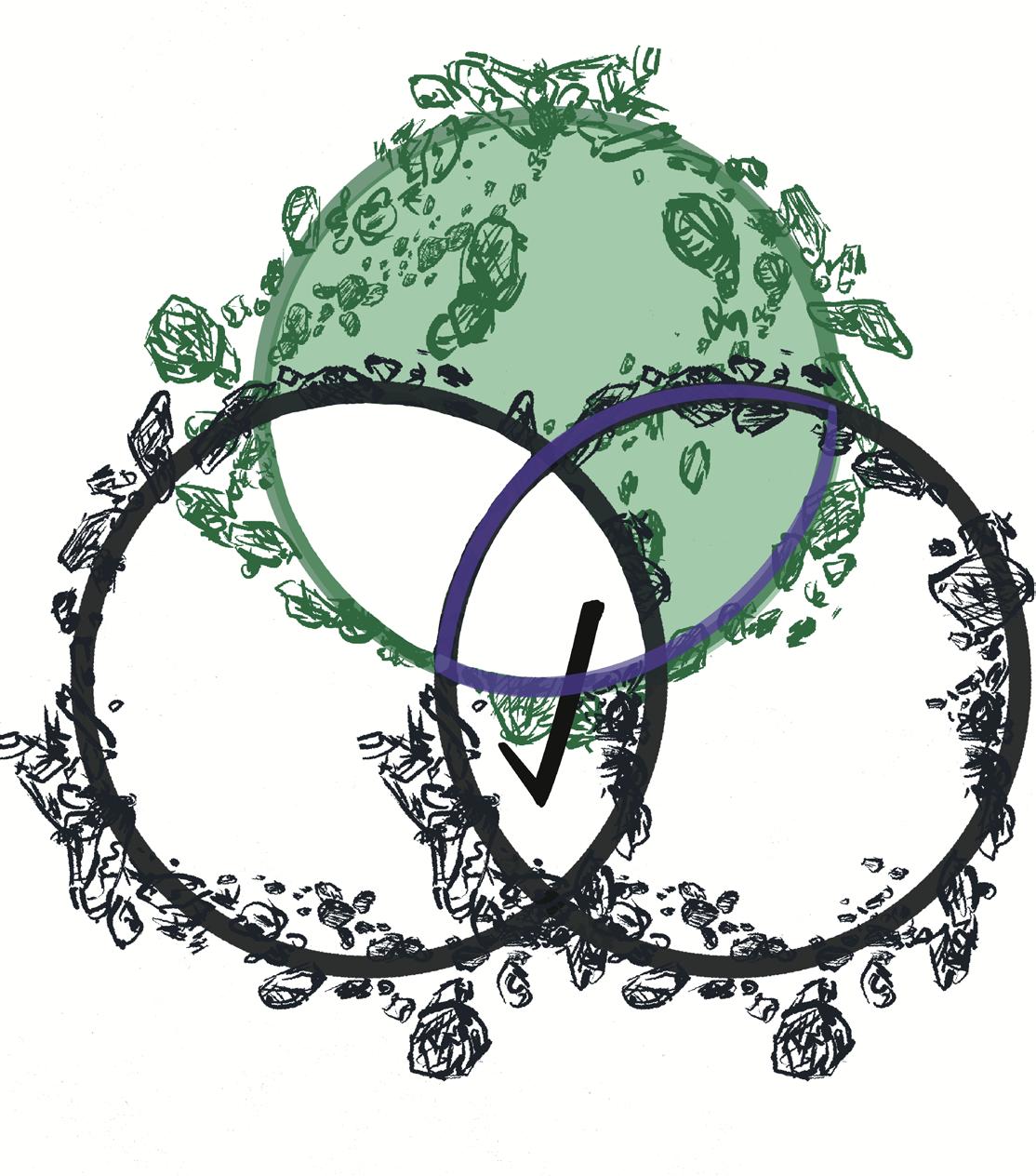
2 minute read
Syllogism
The three key elements of a syllogism are as follows:
The premises and the conclusion include only statements of the following form: Every X is Y, Some X is Y, No X is Y.
Advertisement

These arguments are sometimes known as syllogisms. What we want to determine is whether they are valid. In other words, we want to find out whether the conclusions of these arguments follow logically from the premises. To evaluate validity, we want to check whether the conclusion is true in a diagram where the premises are true. Here is the procedure to follow:
1.Draw a Venn diagram with 3 circles.
2.Represent the information in the two premises.

3.Draw an appropriate outline for the conclusion. Fill in the blank in "If the conclusion is true according to the diagram, the outlined region should ________."
4.See whether the condition that is written down is satisfied. If so, the argument is valid. Otherwise not.
Here are two examples :
(Premise #1) Every whale is a mammal.
(Premise #2) Every mammal is warm-blooded.

(Conclusion) Every whale is warm-blooded.
(Premise #1) Some fish is sick.
(Premise #2) No chicken is a fish.
(Conclusion) No chicken is sick.
Let us apply this method to the first argument on this page :
Step 1 : We use the A circle to represent the class of whales, the B circle to represent the class of mammals, and the C circle to represent the class of warm-blooded animals.




Step 2a : We now represent the information in the first premise. (Every whale is a mammal.)
Step 2b : We now represent the information in the second premise. (Every mammal is warm-blooded.)
Step 3 : We now draw an outline for the area that should be shaded to represent the conclusion. (Every whale is warm-blooded.) This is the purple outlined region. We write: “If the conclusion is true according to the diagram, the outlined region should be shaded.”
Step 4 : Since this is indeed the case, this means that whenever the premises are true, the conclusion must also be true. So the argument is valid.

In the diagram above, we have already drawn a Venn diagram for the three classes and encode the information in the first two premises.

Let’s go through another example:
Every A is B.
Some B is C. Therefore, some A is C.
To carry out the third step, we need to draw an outline for the conclusion. Do you know where the outline should be drawn?
If the argument is valid, there should be a complete tick inside the outlined region. But there isn’t “there is only part of a tick” tep 1 : Representing the first premise.

So this tells us that the argument is not valid.
Every A is B. Some B is C. Therefore, some A is C.

Some A is B. Every B is C. Therefore, some A is C.

Step 2 : Representing the second premise. Step 3 : Add outline for conclusion.





